Guest Wi-Fi Network: Moats are inside castles. There are turnstiles in subways. There are doors on houses, too. It would help to decide who can get something people want when you have it; for many businesses and organizations that let guests use their wireless networks, a captive portal can be an essential part of their overall mobility strategy. This is true not only for network security reasons but also for many other less well-known benefits.
A captive portal is likely something you have seen or heard of. That’s the page you see when you try to connect to the Guest Wi-Fi network in a hotel, hospital, school, cafe, restaurant, or business center. A captive portal is a web page that a person using a public Wi-Fi network sees and interacts with before they can connect. There are many ways to make a captive portal.
Users can use a login system where they receive a user ID and password, or they can enter a room number (for instance, in hotels, hospitals, etc.) to gain access to the network for a designated period of time. An acceptable usage policy (AUP) is another thing that most captive portals have in common. Users must agree to this policy before connecting, much like a “terms of service agreement.”
It might seem straightforward, but most people don’t even consider it. But captive portals can help you more than keep your network safe. Here are five benefits of captive portals that can support your guest’s Wi-Fi strategy.
Segregating Traffic
The traffic of guests can be kept separate from captive portals. This is very good for security because it keeps people you don’t trust away from private resources using network access control policies. Because each company has its own security rules, guest users will have different ACLs, which means they can only do certain things on the company network. This will give the right people access based on what you want to provide them with or what they need.
A Gathering Of Data
These portals track data based on time, date, and user. This is a normal part of guest access. In the future, administrators can look at logs to discover who certain users are and what they do on a corporate network. You can do many different things with this, but the main benefit is that it lets you collect data that you can use however your business needs.
Besides the standard data points we discussed, many captive portals (especially retail ones) also use social log-ins to get more helpful customer information. With social log-ins, people can use their Facebook, Twitter, LinkedIn, or even Google Plus credentials to sign in to the guest Wi-Fi network.
This kind of authentication is familiar and easy for the customer to use. Still, it also gives the company a lot of social information not limited to name, gender, email address, etc. This can be very helpful for providing your database with more context and giving your users better experiences based on a better understanding of who they are.
Advertising And Marketing
You can use a landing page to help people remember your brand and get your marketing message across better. Companies can use captive portals’ almost limitless potential to make more people aware of their brand by using their less apparent features.
You could, for example, use timed injection ads to ensure that users do what you want them to do or watch the ads for a while before they can see another screen. Portals can also show off your business’s logo, special deals, and requests to connect to your social media pages. There are many ways to have fun with this part. Find out what works best for your business, school, or hospital.
It would help if you kept in mind the primary goal of your captive portal, though, and not get too carried away. It’s not likely that your guests are trying to connect to see your ads, so always think about how your users will feel and give them helpful content instead of spam.
Maintain Safety From Lawsuits
Don’t think that just because you offer free internet service, it is always safe. Your active portal should have an accepted usage policy (AUP) to ensure users know that. Before guests can connect to the Wi-Fi network, they must agree to the terms and conditions written in the note. This makes it less likely that your business will be sued if an end user does or is accused of doing something illegal on your Wi-Fi network.
Read Also: Apple and Galaxy S24: Leaders in the Era of Satellite Connectivity
Limiting Bandwidth
Some people may connect to a free public wireless network more than once and use it almost nonstop to do bandwidth-intensive tasks like downloading music, videos, and other large files.
Some extra software in the captive portal can slow down or stop these activities by controlling how fast large files are downloaded, limiting the file sizes that can be downloaded, limiting the number of downloads that can happen in a single session, or blocking links to websites that are often used to download large files.
This can save you a lot of trouble and ensure everyone on your network is happy. It’s called bandwidth throttling or traffic shaping. Captive Portals are something that can always be annoying on the internet. It often makes things hard to understand, has browser issues, and needs to work better on phones. On the other hand, an excellent captive portal can offer many advantages.



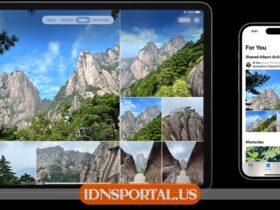
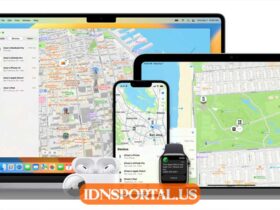


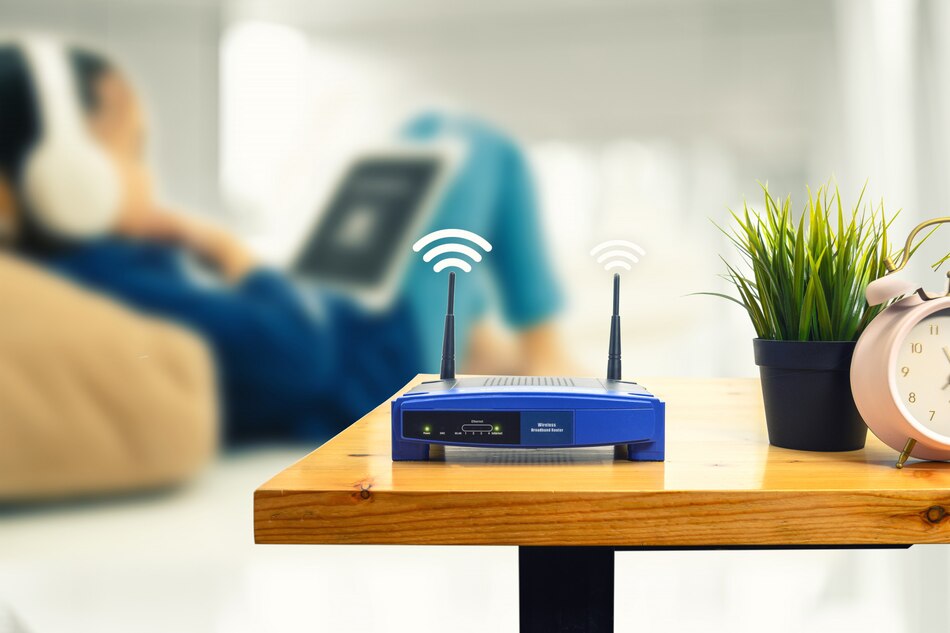
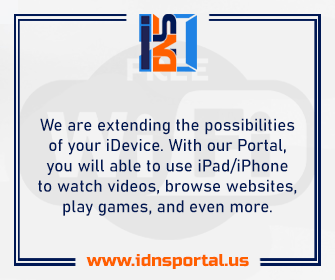
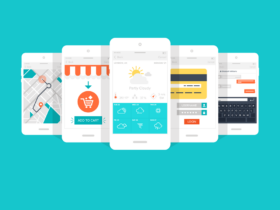

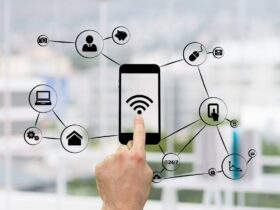
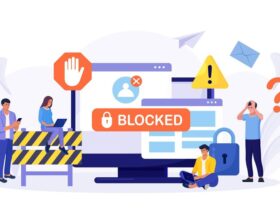
Leave a Reply
View Comments